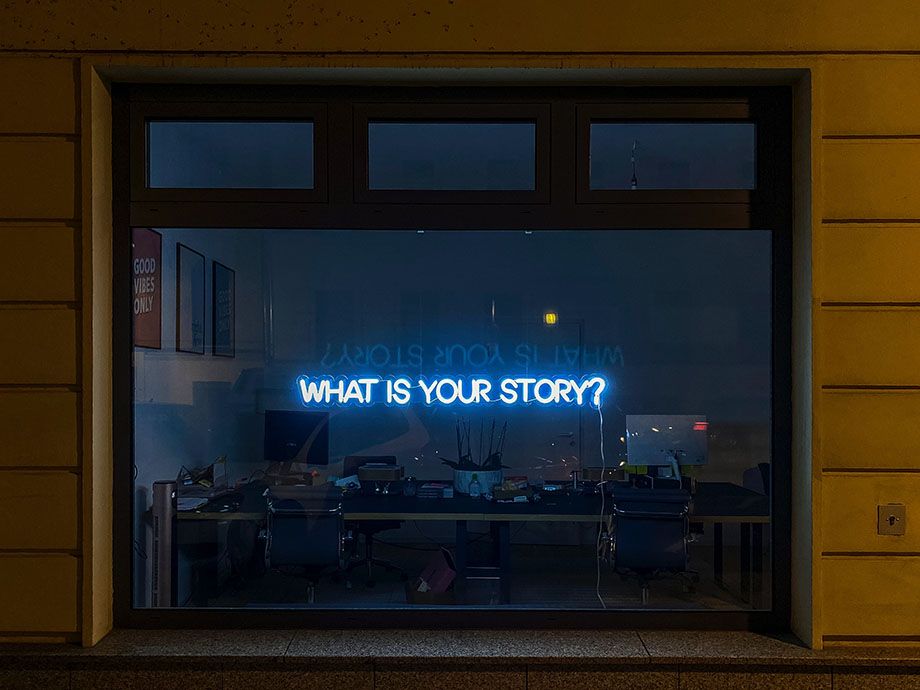In this episode of the Glossika Interview Series we interviewed Olly Richards, the founder of storylearning.com (formerly iwillteachyoualanguage.com). The website is a project which combines his passion for language learning and his background in teaching to create a unique language learning method that he calls the StoryLearning Method. Olly makes courses for beginner and intermediate level language learners and writes books about language learning, all based on the power and magic of stories.
In this interview, we talk about what prompted Olly to start the StoryLearning Method, how effective stories can be for learning languages, how Olly and his team create stories for their learners, and much more.
Inspiration Behind the StoryLearning Method
Decades in the making, it only took a single moment for this project to come together for Olly. That moment came when he traveled to Argentina.
One night in Argentina, Olly woke up and found himself unable to breathe due to the altitude. Eventually he recovered, but by then he was too afraid to go back to sleep, for fear of waking up again unable to breathe. So he picked up a Spanish book and started reading. The book was difficult, and he struggled because his Spanish level was nowhere near good enough to read the book comfortably. However, when he woke up the next morning and went about his day, he found himself hearing and recognizing Spanish words that were previously out of his reach.
At that moment, Olly discovered the power of stories, prompting him to create the StoryLearning Method.

The Magic of Stories
As Olly started reading more and more, he realized how effective stories can be for learning a language compared to the traditional method of memorizing grammar rules and vocabulary. While textbooks teach you a lot about a language, reading involves spending a lot of time in the language.
Another key advantage of reading is that one can do it anytime, anywhere.
The magic behind the StoryLearning Method is that stories are a shared human experience; they transcend language. This means that even if a learner's vocabulary and knowledge of grammar rules lacking, they can tap into their understanding of how stories are structured to help make sense of what they're reading.
As Olly says, once you get used to being immersed in the language, "it's like opening the door of the wardrobe and walking out into Narnia."
Getting Started with the StoryLearning Method
The StoryLearning Method caters to absolute beginners and intermediate learners. Olly's main goal is to simply to get learners used to reading, listening, and being immersed in the language they are learning–right from the start.
In the StoryLearning courses, Olly and his team provide comprehensible input for the learners in the form of stories. These stories are usually easy, simple, and involve a lot of repetition. The learner will start off by reading through the story and then listen to recordings of it. After repeating the reading and listening process a few times, they will then move on to video lessons. In these lessons, Olly will walk the learners through the story, and point out specific elements of the language, such as grammar patterns, key vocabulary, and so forth.
The Story Creation Process

Creating stories for learners is more complicated than it might seem.
Usually, Olly will refer to traditional course syllabus for a given level (i.e., Spanish 101), and take note of the structures, grammar rules, vocabulary, and so forth that are associated with that stage of language acquisition. After that comes comes the story writing stage, where Olly and his team will write stories which include all the structures and elements associated with that given level.
In the beginning stages of StoryLearning, the stories mostly stood alone and had little connection with one another. As the business grew, Olly and his team made them more interconnected, having the same characters and themes appear across multiple stories.
One of Michael's biggest questions about the story creation process is whether culture-specific stories are created for each individual language.
From a business and efficiency standpoint, the company cannot write a different story for each language. Instead, they take a base story and translate it into different languages, then edit in specific details to localize the story. For example, if a Spanish teaching story mentions the main character visiting a castle, the Japanese version would be have them go to a shrine shrine or some other more culturally-relevant location.
How Has Your Teaching Background Influenced Your Current Work
"A lot of people who do stuff online with languages are primarily learners. But if they haven't really taught before, it can be difficult to bridge the gap from learning by yourself to then teaching others," says Olly. The ability to make sense of complex ideas is important for any learner, but the ability to then break down and present those ideas in an accessible way is a skill in and of itself. Like anything, it takes practice.
For example, in certain chapters of the books he wrote, Olly takes time to explain how to read effectively as a language learner. These have been very well received: reading in a second language isn't quite the same as reading in your first language, but that's not immediately obvious to a first-time learner. Whereas we read one word at a time in languages we're learning, we often take in entire sentences at a glance in our native language, simultaneously noting connections to previous information and making guesses about what's coming next.
The full interview is available here, on Glossika's YouTube channel:
Michael also made a guest appearance on Olly's YouTube channel to talk about his language learning journey, the Glossika sentence learning method, Viva, and more.




